Introduction: Understanding Motor Learning in Physical Education
Motor learning is more than just practicing a skill—it’s the science of how the brain and body work together to master movement. In Physical Education (PE), it forms the foundation of every student’s journey toward agility, coordination, and confidence. From throwing a ball to balancing on one leg, every motion builds neural pathways that support lifelong movement literacy.
BoardGains, a dynamic movement-based game, exemplifies how repetition, play, and feedback can transform motor learning into a joyful experience. It merges science with fun, allowing children and adults to enhance gross motor skills while engaging in active, social play.
What Is Motor Learning?
Motor learning refers to the process by which we acquire and refine movement patterns through practice and feedback. It’s how an unsteady beginner becomes a confident performer.
Cognitive, Associative, and Autonomous Stages Explained
- Cognitive Stage: Learners understand what to do. Mistakes are common, but effort is key.
- Associative Stage: Movements become smoother as learners connect cause and effect.
- Autonomous Stage: Skills become automatic—like riding a bike or serving a volleyball.
Neural Pathways and Muscle Memory Formation
Every repetition strengthens neural connections, creating “motor maps” in the brain. The more we move, the stronger and more efficient these pathways become—this is the foundation of muscle memory.
Why Repetition Is the Foundation of Skill Mastery
Repetition is not mindless. It’s the biological key to building precision, rhythm, and control.
The Science Behind Repetition and Skill Retention
Each repeated motion reinforces motor neurons, improving coordination and speed. This process, known as myelination, wraps neural fibers in protective sheaths, allowing signals to travel faster—just like upgrading a slow Wi-Fi connection.
How Repetition Builds Confidence and Competence
Consistent repetition leads to predictable success, which builds confidence. When students experience mastery, they’re more motivated to continue practicing—creating a self-reinforcing cycle of growth.
The Power of Play in Physical Education
Play as a Natural Vehicle for Learning Movement Skills
Children learn best when they play. Play encourages experimentation, creativity, and problem-solving—all crucial components of motor learning. In PE, play-based games like BoardGains transform repetition into exploration.
Social and Emotional Benefits of Play-Based PE
Play promotes teamwork, empathy, and communication. It also helps children handle challenges with resilience—a vital skill for both physical and emotional well-being.
The Importance of Feedback in Motor Learning
Feedback bridges the gap between performance and improvement.
Types of Feedback: Intrinsic vs. Extrinsic
- Intrinsic Feedback: Comes from within the body—like feeling balance during a jump.
- Extrinsic Feedback: Comes from external sources—like a teacher’s cue or a game’s result.
Timing and Quality of Feedback in Skill Acquisition
Immediate feedback helps learners correct mistakes quickly, while delayed feedback encourages self-analysis. Effective PE programs, like those incorporating BoardGains, balance both for optimal growth.
How BoardGains Enhances Gross Motor Skill Development
What Is BoardGains? A Fun, Interactive Movement Game
BoardGains is an educational fitness board game that combines play, repetition, and feedback to teach movement skills. Players perform exercises, challenges, and physical tasks that promote gross motor development.
Repetition Through Play: Learning Without Pressure
Unlike traditional drills, BoardGains turns repetition into excitement. Each turn offers a chance to repeat skills in varied ways—jumping, squatting, balancing—without the boredom of rote practice.
Building Coordination, Balance, and Strength
Every game session strengthens key gross motor skills:
- Coordination: Combining movements smoothly.
- Balance: Controlling the body in dynamic situations.
- Strength & Endurance: Building fitness through fun.
How Feedback Is Naturally Integrated Into the Game
Players receive immediate feedback—success in challenges, peer encouragement, and self-correction—creating a constant loop of learning and motivation.
The Neuroscience Behind BoardGains and Skill Learning
Reinforcing Neural Pathways Through Movement Variety
Varied movements enhance brain plasticity, ensuring skills transfer to different contexts. The more diverse the play, the stronger the learner’s overall motor foundation.
Dopamine and Motivation in Game-Based Learning
Games like BoardGains activate the brain’s reward system, releasing dopamine—a neurotransmitter linked to motivation and learning. This chemical boost turns effort into enjoyment.
Real-World Applications in PE and Home Environments
Integrating BoardGains in Physical Education Curriculum
Educators can use BoardGains as a warm-up, skill station, or reward-based activity. It supports inclusive PE by engaging students of all abilities.
Adapting for Different Age Groups and Skill Levels
The game’s flexibility allows modifications for preschoolers, teens, or adults, ensuring everyone experiences growth at their own pace.
Research Insights: Motor Learning, Play, and Movement Games
- Studies show that play-based motor training enhances coordination and balance faster than repetitive drills.
- Feedback-rich environments improve skill retention by over 30%.
- Repetition paired with fun, as in BoardGains, increases practice duration and engagement.
(Source: American College of Sports Medicine)
Frequently Asked Questions (FAQs)
1. What is motor learning in simple terms?
It’s how the brain and body learn to move effectively through practice and feedback.
2. Why is repetition so important in PE?
Because repetition strengthens neural pathways, improving skill memory and coordination.
3. How does play improve motor skills?
Play encourages exploration and repetition in a fun, stress-free way, enhancing both physical and social development.
4. What makes BoardGains effective for PE?
It combines movement, repetition, and feedback into one interactive experience that builds gross motor skills naturally.
5. Can BoardGains be used for children with different abilities?
Yes! The game’s adaptable design supports various skill levels, making it inclusive for all learners.
6. How can teachers integrate feedback during play?
Teachers can provide verbal encouragement, adjust challenges, or allow peer feedback—all reinforcing skill learning.
Conclusion: Turning Movement Into Mastery with BoardGains
Motor learning thrives on three elements—repetition, play, and feedback. Together, they transform physical education into a science-backed, joy-filled experience. BoardGains captures all three, helping students and families build strong, confident movers for life.
When movement becomes fun, learning never stops.

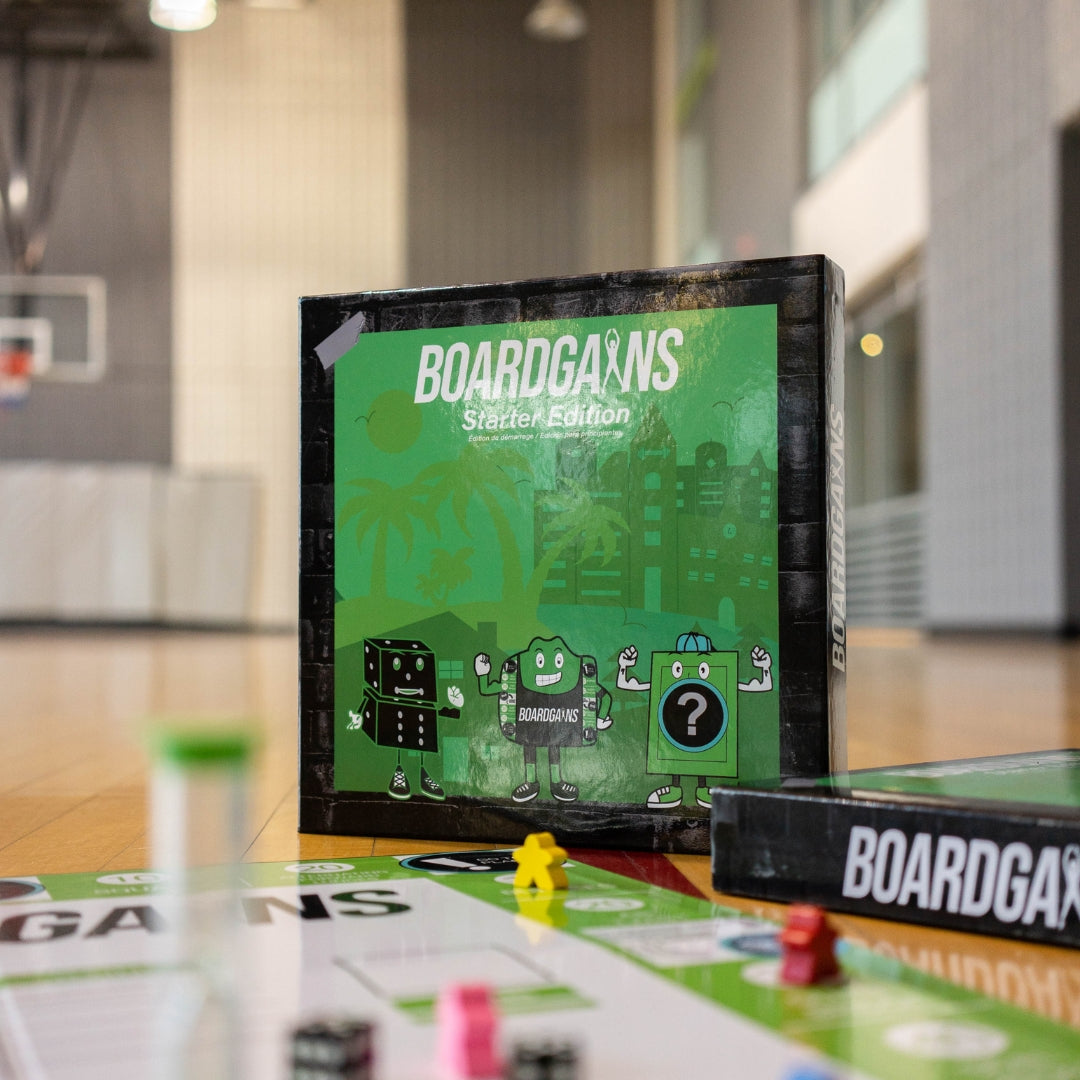
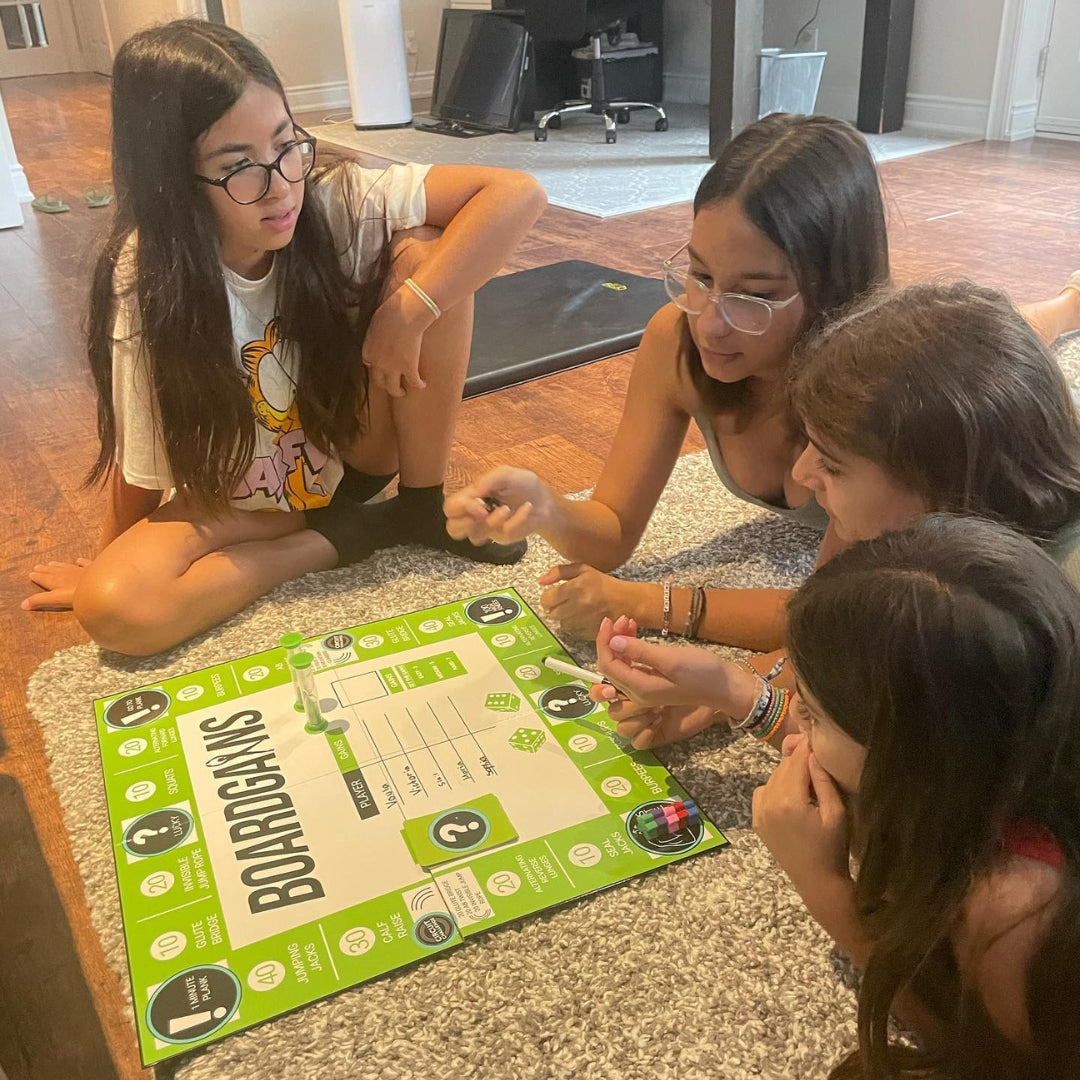
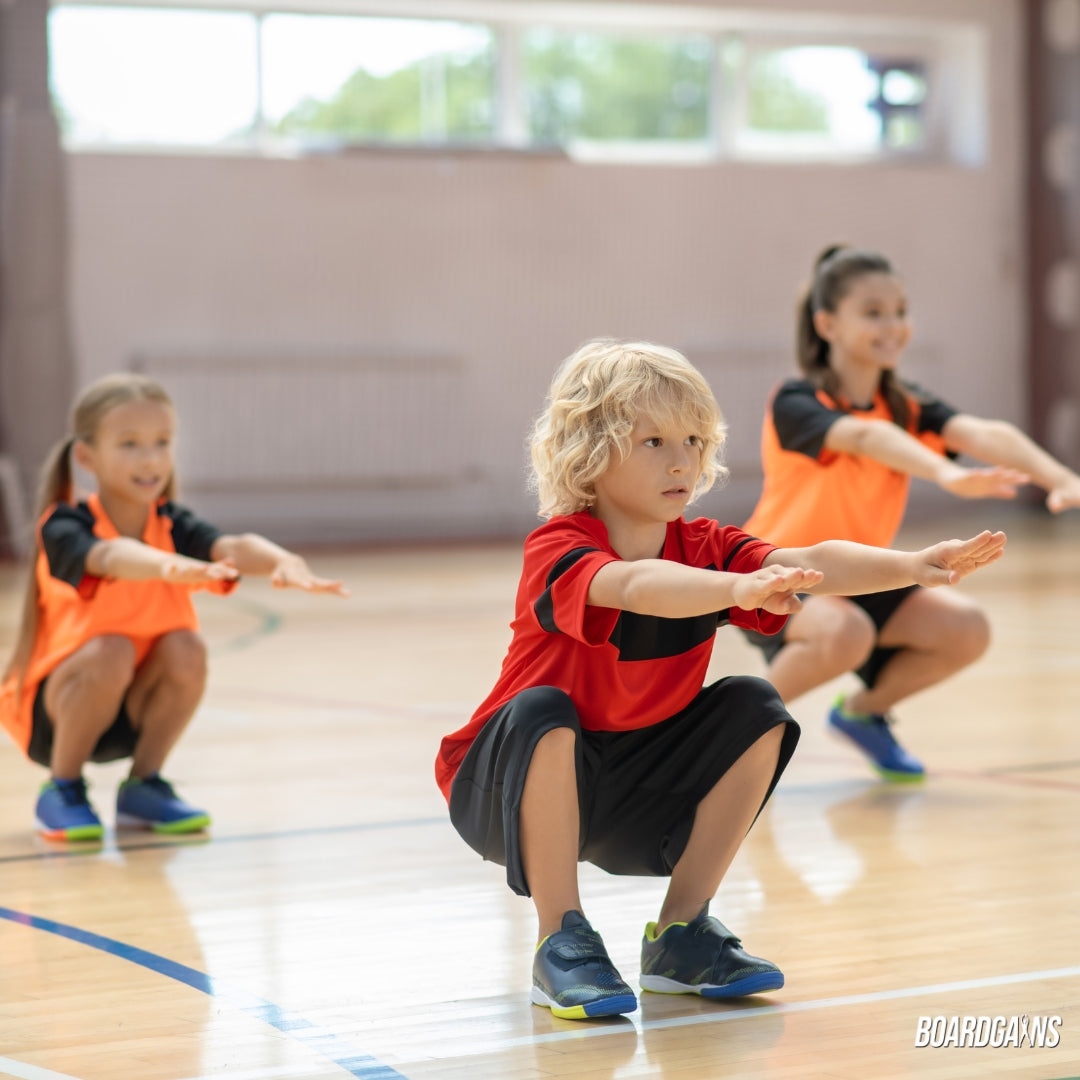
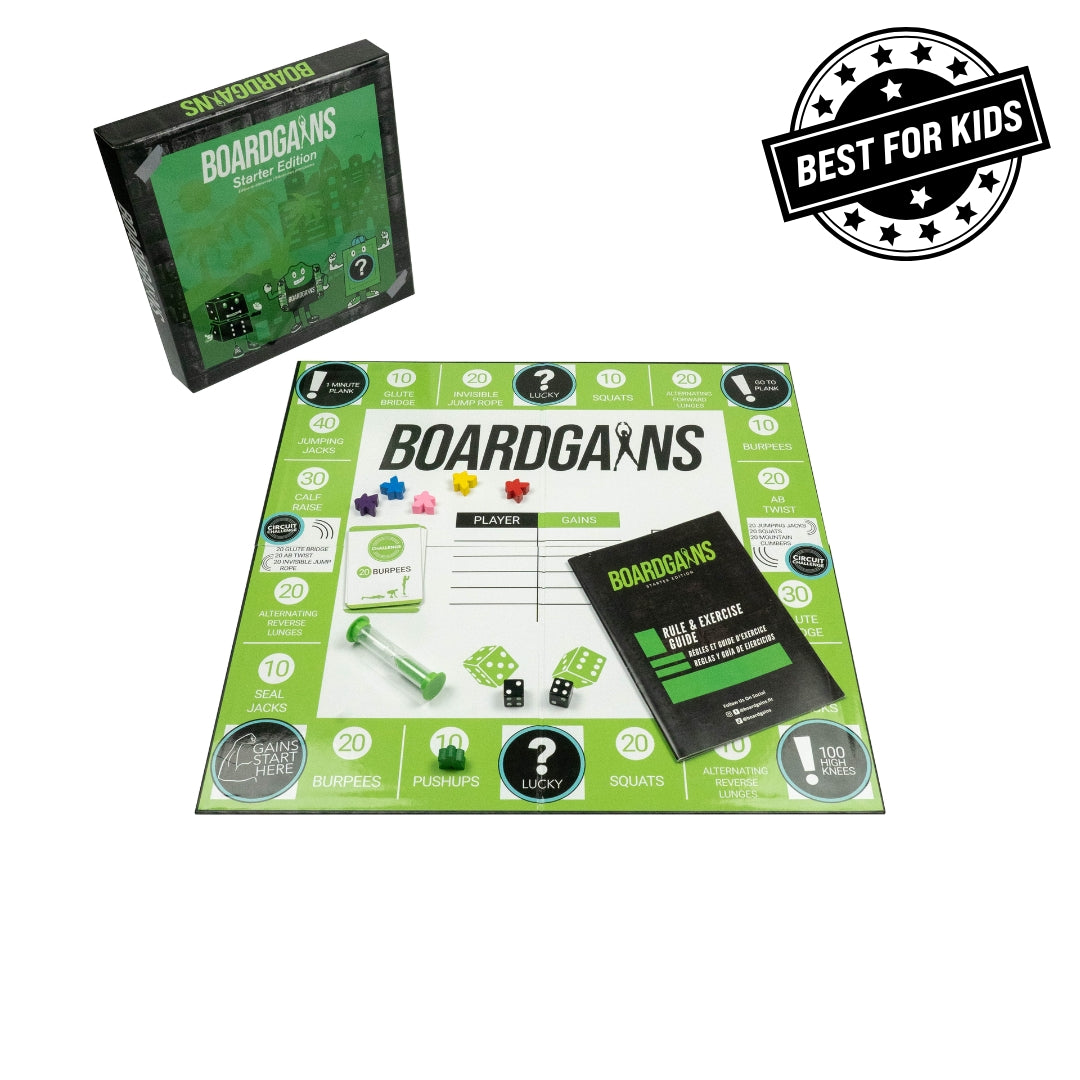
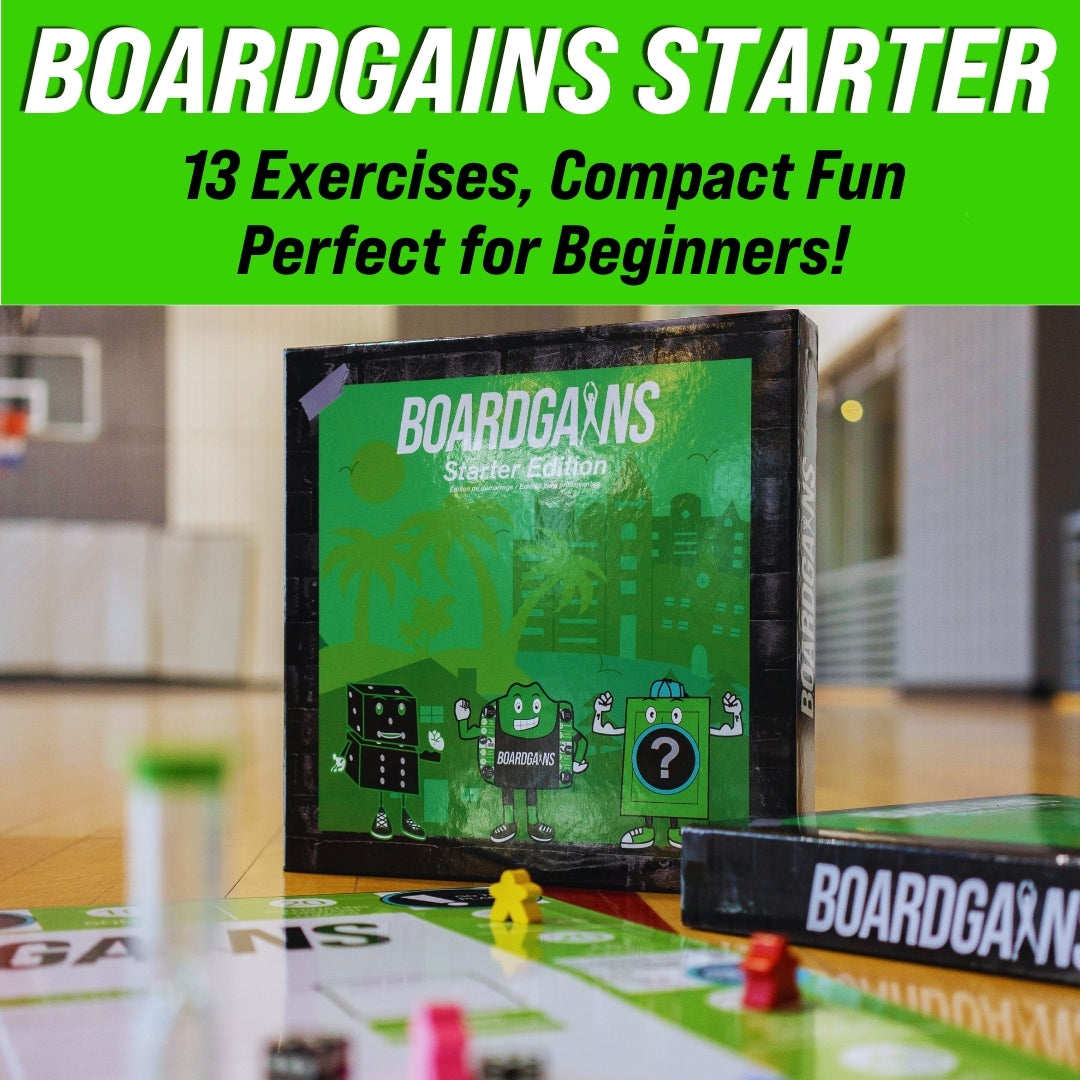
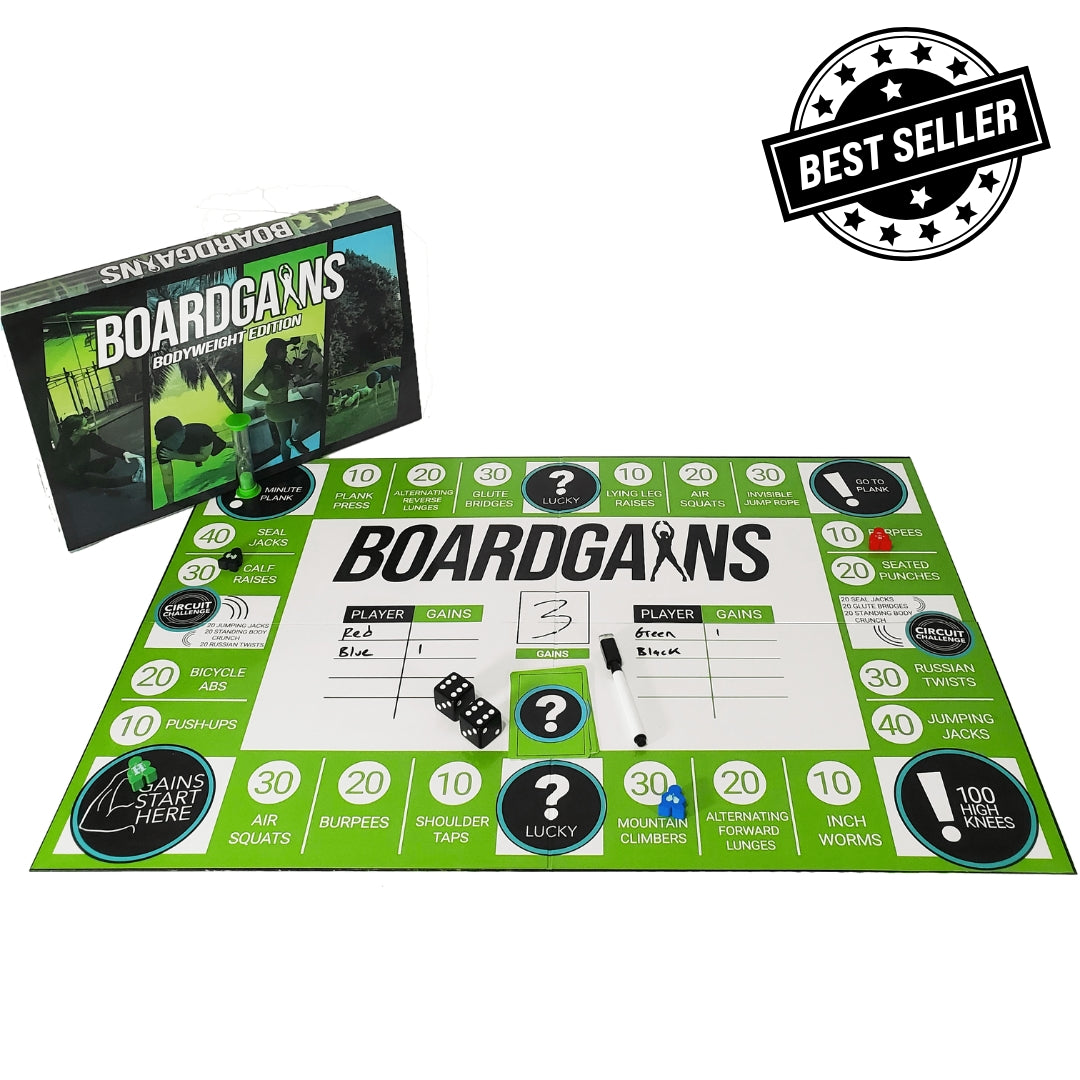
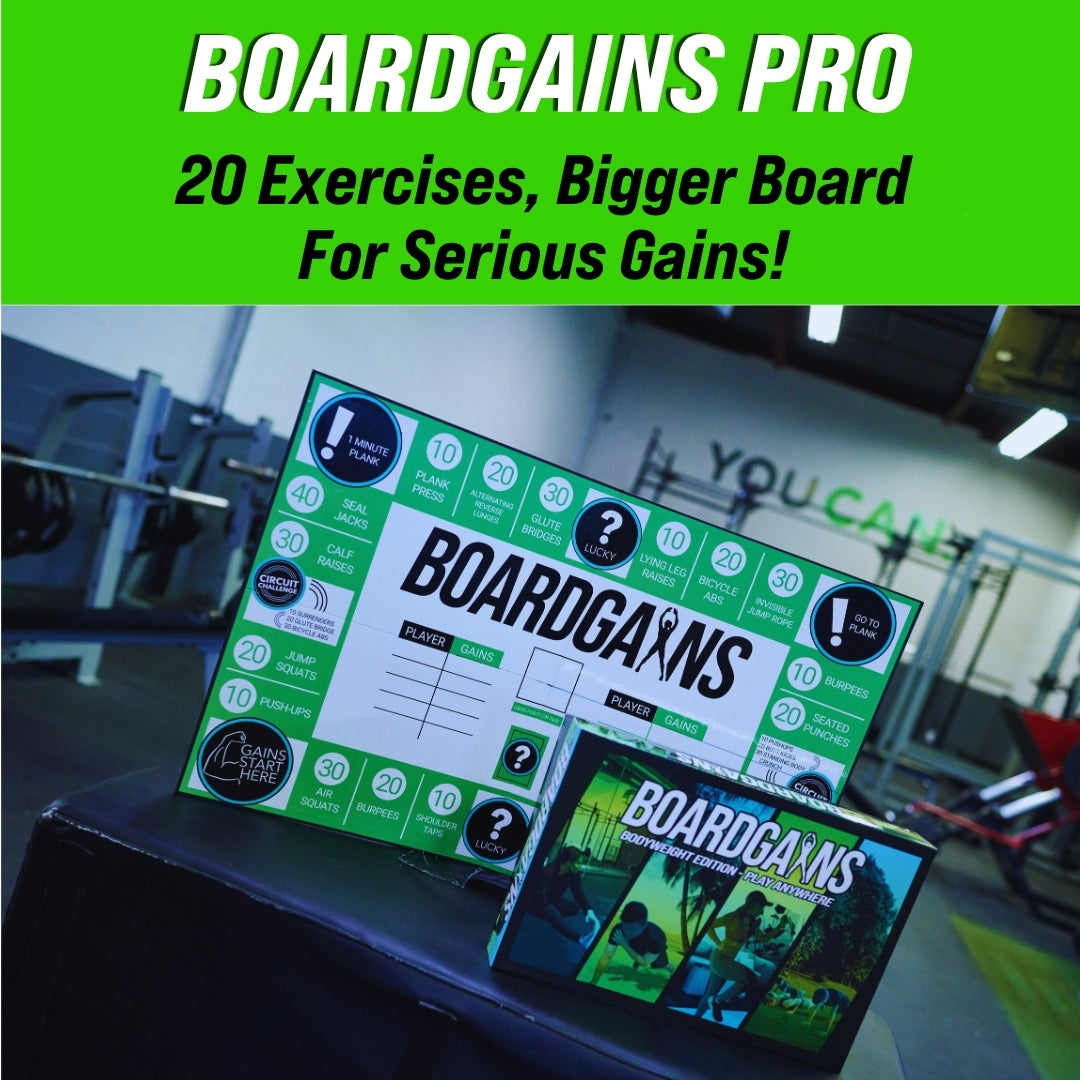
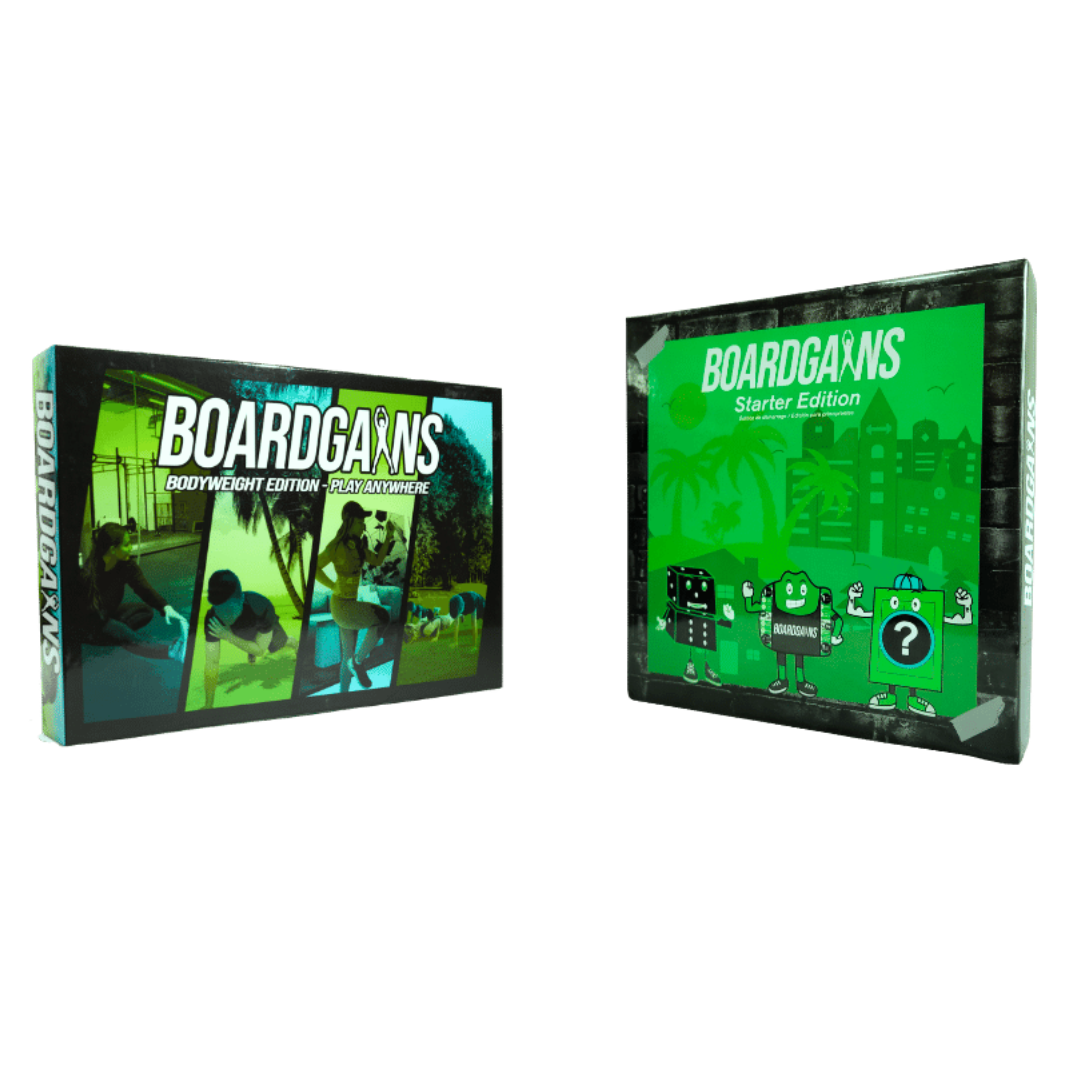
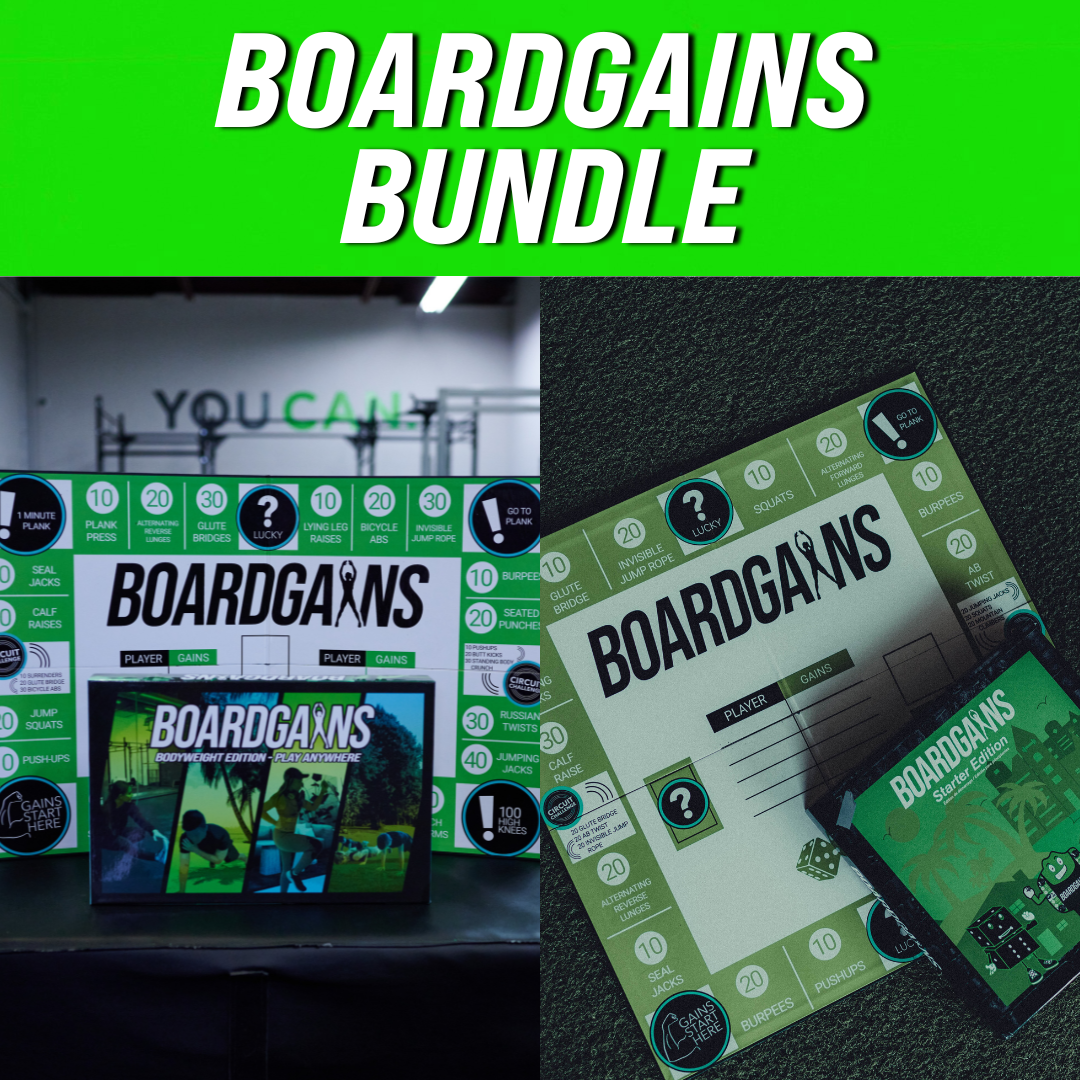
Leave a comment
This site is protected by hCaptcha and the hCaptcha Privacy Policy and Terms of Service apply.